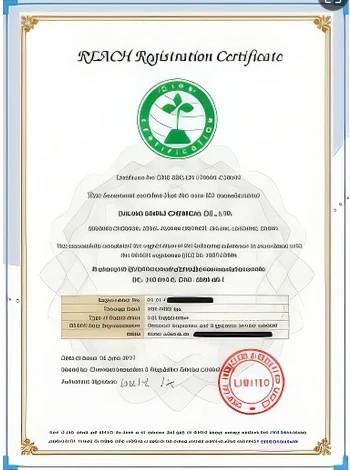



Understanding the Solubility Characteristics of Lead Oxide in Various Solutions
Understanding Lead Oxide Solubility Implications and Applications
Lead oxide, particularly in its various forms, has significant industrial and environmental relevance. Understanding its solubility characteristics is crucial for applications ranging from battery manufacturing to paint formulations and waste management. This article delves into the factors influencing lead oxide solubility, its environmental implications, and applications in various industries.
The Chemistry of Lead Oxide
Lead oxide exists mainly in two forms litharge (PbO) and massicot (also PbO but with a different crystal structure). Both forms exhibit distinct solubility properties. Lead oxide is known to be relatively insoluble in water, which is a critical characteristic influencing its behavior in various environments. However, its solubility can increase in the presence of certain complexing agents, pH variations, or at elevated temperatures.
The solubility of lead oxide in water varies based on the solution's pH and the presence of other ions. For instance, in acidic conditions, lead oxide can dissolve more readily, forming lead ions in solution. Similarly, complexing agents such as citric acid or certain organic ligands can enhance lead's solubility by forming soluble lead complexes.
Factors Affecting Solubility
Several key factors influence the solubility of lead oxide
1. pH Level The acidity or basicity of a solution significantly impacts the solubility of lead oxide. In acidic environments, lead ions are more likely to enter the solution, increasing the solubility of lead oxide.
2. Temperature Generally, increased temperatures can lead to higher solubility of many substances, including lead oxide. This is pertinent in industrial processes that utilize heat to increase the dissolution rate of solids.
3. Presence of Complexing Agents Complexing agents can bind with lead ions, facilitating their transition into the solution. This characteristic is particularly important in environmental remediation efforts where lead contamination is present.
lead oxide solubility

4. Competing Ions The presence of other metal ions can influence the solubility of lead oxide. Specific ions may compete with lead for binding sites in complexes, thereby affecting overall solubility.
Environmental Implications
The solubility of lead oxide has significant environmental implications, particularly concerning lead contamination. Lead is a potent environmental pollutant, and understanding its solubility is critical for assessing its mobility and bioavailability in various ecosystems.
In alkaline soils, lead tends to be less soluble and less mobile, reducing its environmental impact. However, in acidic conditions, the increased solubility can lead to higher concentrations of lead ions in water bodies, posing risks to aquatic life and human health. This makes it imperative to manage soil pH and consider the presence of complexing agents in efforts to remediate lead-contaminated sites.
Industrial Applications
Lead oxide is widely used in various industries, with its solubility characteristics playing a vital role in these applications. One of the most notable uses is in lead-acid batteries, where lead oxide serves as a key active material. The reaction kinetics involved in charging and discharging these batteries are influenced by the solubility of lead compounds.
Additionally, lead oxide is utilized in the manufacturing of glass, ceramics, and pigments. In glassmaking, the controlled solubility of lead oxide can enhance the optical properties and durability of the glass produced. In paint formulations, the solubility of lead pigments is crucial for achieving the desired color and finish.
Conclusion
In summary, lead oxide solubility is a multifaceted subject influenced by several factors, including pH, temperature, and the presence of complexing agents. Its environmental implications cannot be overlooked, especially in the context of pollution and contamination. Furthermore, the industrial applications of lead oxide, particularly in batteries and materials manufacturing, highlight its significance in modern technology. Therefore, a comprehensive understanding of lead oxide solubility is essential for advancing both environmental safety and industrial efficiency. Moving forward, continued research in this area will be vital for developing sustainable practices that minimize the environmental impact of lead-related activities.
-
Why Sodium Persulfate Is Everywhere NowNewsJul.07,2025
-
Why Polyacrylamide Is in High DemandNewsJul.07,2025
-
Understanding Paint Chemicals and Their ApplicationsNewsJul.07,2025
-
Smart Use Of Mining ChemicalsNewsJul.07,2025
-
Practical Uses of Potassium MonopersulfateNewsJul.07,2025
-
Agrochemicals In Real FarmingNewsJul.07,2025
-
Sodium Chlorite Hot UsesNewsJul.01,2025










